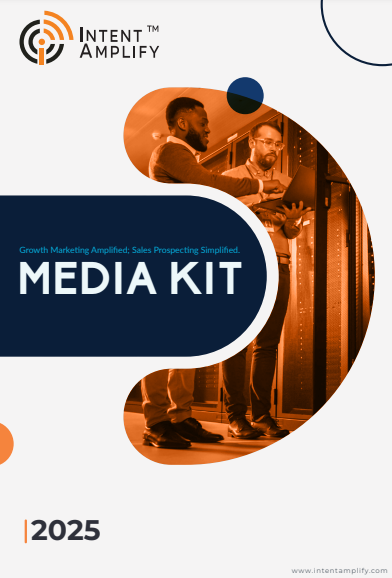
ABM and Intent Data: The Perfect Pair for Precision Marketing
- Last updated on: September 19, 2025
In today’s sophisticated B2B world, sales and marketing teams are under significant pressure to perform while working with constrained resources. Conventional lead generation styles tend to deluge teams with unqualified leads, leading to inefficiencies and hindering revenue growth. ABM (Account-Based Marketing) was the answer. It is allowing firms to target high-value accounts, personalize engagement, and bring marketing and sales efforts into alignment.
But with or without ABM, the challenge remains that teams do not know which accounts are considering solutions and which are not. Intent data comes in here. By exposing buying signals in real time. It enables companies to focus engagement, customize messaging, and increase pipeline velocity. This article discusses how intent data and ABM work synergistically and offers practical tips on how to convert high-value accounts into quantifiable revenue expansion.
Why ABM Alone May Come Up Short
Account-Based Marketing is a well-tested model for reaching high-value accounts and achieving the highest ROI. Strength comes from laser-like focus, and resources are committed to those most likely to drive long-term business results. ABM platforms enable defining an ideal customer profile (ICP), identifying key influencers, and delivering targeted campaigns.
Yet ABM alone is no silver bullet. Most organizations base selection solely on firmographic and historical information, which can result in misaligned outreach if the selected accounts are not actively considering solutions. A target account could fit all parameters of an ICP but be in a dormant stage, considering competitors, or simply not yet ready to engage.
Another frequent problem that is mentioned in ABM (Account-based Marketing) is the timing. ABM campaigns consume a lot of resources and are often complex, including content personalization, engaging the same prospect through different channels, coordinating the sales outreach through the account, etc. Without knowing what the account is currently looking for, the teams can spend time on leads who are not going to convert in a short period of time.
For modern B2B companies, the major drawback of ABM is the absence of behavioral understanding in real-time. The integration of intent data is the solution to this problem; it helps the teams to focus on the accounts that are really in the market and to manage the campaigns according to the behavior of the buyers rather than going by their assumptions.
How Intent Data Adds Precision
Intent data gives insights into the digital activity of prospects, showing when accounts are seriously looking for solutions. It collects information such as the topics a potential customer is engaging with, what is going on with your competitors, their participation in webinars, the downloading of whitepapers, and searches related to your solution.
This knowledge of behavior closes a very important gap in ABM, which, in turn, gives answers to two big questions: Which accounts are truly interested? And what are they investigating in terms of topics or pain points? Marketing and sales teams may leverage this data to identify accounts that have the highest conversion potential, plan allocation of resources more effectively, and create messaging that is in harmony with the buyer’s intent.
When used in an ABM strategy, intent data allows for more intelligent segmentation, such that teams can separate accounts merely matching the ICP from those actually assessing solutions. Better campaigns, faster pipeline growth, and higher engagement rates are the outcomes of this split.
In order to shorten sales cycles and increase revenue efficiency, marketers also need intent data to forecast needs, craft pertinent content, and send messages at the ideal time.
Combining ABM and Intent Data for Campaign Success
The real strength of precision marketing comes from combining ABM frameworks with intent-based insights. Here’s the guide for B2B companies looking to tap this synergy:
1. Account Identification & Segmentation
Begin by creating your ICP based on ABM methodologies. Segment accounts based on industry, company size, revenue potential, and strategic value. This ensures the campaigns concentrate on those accounts that are in line with your long-term goals.
2. Signal Interpretation & Scoring
Overlay intent data on your target accounts to see what they’re doing right now in terms of buying behavior. Score based on intensity of engagement, frequency of engagement, and relevance of engagement with your solution. Highly intent-scoring accounts become the priority for outreach.
3. Personalized Engagement Strategies
Message personalization based on intent data insights. For example, if a target account is researching cybersecurity automation, why not send them content that addresses those topics? For instance, solution briefs, whitepapers, and webinars. Personalization can raise the level of engagement, prove you are credible, and be the reason why your brand is a trusted advisor.
4. Multi-Channel Activation
A brand may leverage the omnichannel strategy to communicate with potential customers in different ways. Marketing tools such as personalized email nurturing, LinkedIn targeting, retargeting, and content syndication are mutually supportive to deliver your message deeper, so leads get a consistent and relevant communication at every point of contact.
5. Measurement & Continuous Optimization
The key metrics that should be tracked to a great extent are engagement rate, lead-to-opportunity conversion, pipeline contribution, and revenue impact. Keep on monitoring the campaign effectiveness regularly, tweaking your messaging, and adjusting your channel mix to achieve the highest ROI. The perpetual optimization means that ABM campaigns continue to be intent and revenue-driven.
By following this connected workflow pattern, companies are able to eliminate guessing, focus on the most relevant accounts, and achieve the most measurable growth of B2B revenue from marketing activities.
Advanced Considerations for Maximizing ROI
If you want to get the most out of the ABM + intent data relationship, then you should consider using complex methods:
AI-powered prioritization: Predictive models can identify the most promising accounts even before they emit buying signals.
Hyper-personalization: Engaging with one stakeholder’s content increases the likelihood of pipeline acceleration.
Cross-team alignment: Get sales, marketing, and customer success teams on the same page to use intent insights for progressing leads without waiting, and thus saving time.
Continuous learning: Monitor the intent signals that lead most often to conversions and adjust scoring models to reflect these findings.
Such methods elevate ABM campaigns from good to exceptional, allowing organizations to outperform rivals and capture revenue streams ahead of time.
Conclusion
When you combine ABM with intent data, B2B marketing is raised from a general approach to a target-focused campaign. ABM highlights the accounts with a lot of potential, while intent data points out those accounts. Those are going to make a purchase. Together, they enable marketers and sellers to allocate the resources properly, create personalized messages, and speed up revenue growth.
This mix of strategies, if implemented by organizations, can lead to great returns on investments, shorter sales cycles, and the creation of a pipeline. That is both repeatable and scalable. Firms leveraging ABM paired with intent insights not only steer clear of assumptions but also get in touch with the right accounts at the right time, thus achieving verifiable results.
FAQs
1. Which accounts should I target first with ABM and intent data?
Target those accounts that are the best fit for your ICP and have the highest intent signals, indicating that they are actively researching and are interested in your solution.
2. Can smaller B2B businesses take advantage of ABM and intent data?
Definitely. Even mid-market companies can turn the focus to high-value accounts, use their limited resources effectively, and generate revenue efficiently.
3. What are the metrics that I should measure to gauge success?
Top of the list are the engagement rates, leads-to-opportunity conversion, pipeline contribution, and revenue from targeted accounts.
4. How rapidly can intent-driven ABM campaigns drive results?
Most businesses are able to see measurable engagement and pipeline growth within 2–3 months following the implementation.
5. What are the common mistakes to be avoided?
Teams working in isolation, ignoring real-time intent signals, depending too much on generic messaging, and not constantly adjusting campaigns for better performance are the factors that lead to less effectiveness.



